Lyari losing residents to human trafficking
Human trafficking is a growing menace in Lyari as it has lost several of its residents to the phenomenon.
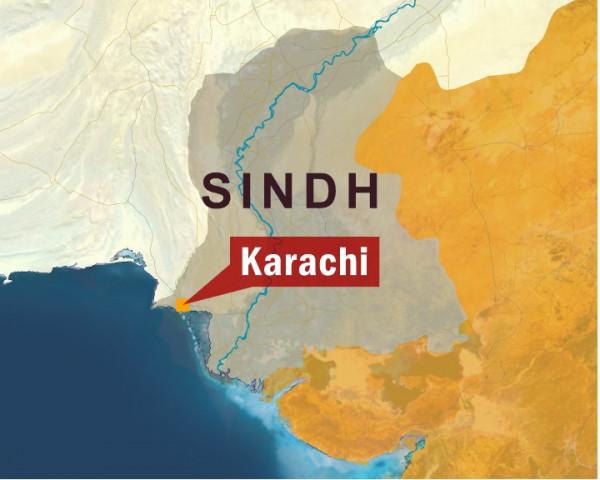
Lyari losing residents to human trafficking
Unemployment and lack of access to basic rights means that people have no other choice but to earn quick money by either becoming willing victims or supplying others, said President Lyari Community Development Project (LCDP) Abdul Raheem Mosvi on Saturday.
A seminar on human trafficking was organised by the Basic Education for Awareness Reform and Empowerment (Befare) and the LCDP at a local hotel.
Befare, an Action Aid project, is funded by the European Commission and works in all four provinces with a vision to stop the transfer of illegal immigration within and outside the country.
Programme officer Befare Aminullah Khan told the audience that those who need to earn money by any means are the most susceptible ones. “They know what type of work they are doing but they are not educated or informed of its consequences,” Khan said. A common procedure through which people are victimised is kidnapping.
“Human trafficking and smuggling is a menace around the globe and women and children are the main victims,” said Sindh Minister for Social Welfare and Women Development Tauqeer Fatima Bhutto, who was the chief guest on the occasion.
“Our government is making efforts to counter illegal immigration with the help of the Federal Investigation Agency (FIA) and the National Alien Registration Authority (NARA),” she said.
Chief Executive Befare Shakir Ishaq told the participants that around 127 countries were found involved in human smuggling and around 137 countries sell humans as sex workers and forced labourers.
Countries such as Albania, Bulgaria, Hungary, Italy, Poland and Thailand are used as transit platforms to send illegal immigrants to other countries, said Ishaq
Participants of the seminar were also shown multimedia presentations by the University of Karachi’s Department of Sociology professor Fateh Muhammed Burfat. “In Pakistan, the most prominent city for trafficking is Gujranwala,” he claimed.
He further disclosed that the data issued by the FIA and NARA was worrisome as the indicators showed a surge in illegal aliens. “Each year, around 800,000 humans were trafficked via borders to different countries,” Burfat said, “Eighty per cent of them are young girls and women whereas children comprise almost 50 per cent.”
According to a report issued by the US Foreign Office in 2007, human trafficking is the second most profitable business after drug trafficking. A total of US$32 billion were earned from human trafficking out of which $28 billion were earned only from sex workers.
“Many Pakistanis are trapped by hoax travel agents and sent to countries, such as Qatar and Oman, who have deported at least 40,000 illegal Pakistani immigrants,” he added.
Moreover, the total number of illegal immigrants received in Pakistan from Bangladesh was 100,000, and the number doubled between 1999 and 2000.
Around 19,000 children between the ages of three and 12 have been trafficked to Middle Eastern countries where they were bought by organisers of camel races.
According to the US report compiled in 2001, Pakistan was included in Category III in human smuggling but was later put in Category II following the initiatives taken by the government to control the illegal human trade.
Other speakers at the seminar were Assistant Director NARA Muhammed Ali Lodhi, social worker for Lyari Muhammed Sher Ali and President of Women Development Organisation Sabiha Shah.
Published in the Express Tribune, June 13th, 2010.


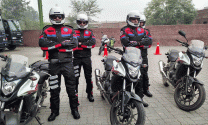

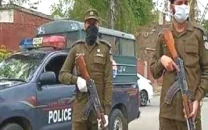
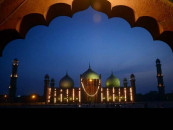

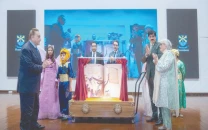



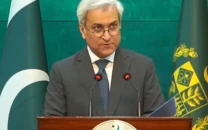
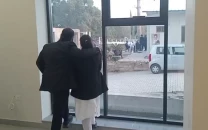






COMMENTS
Comments are moderated and generally will be posted if they are on-topic and not abusive.
For more information, please see our Comments FAQ